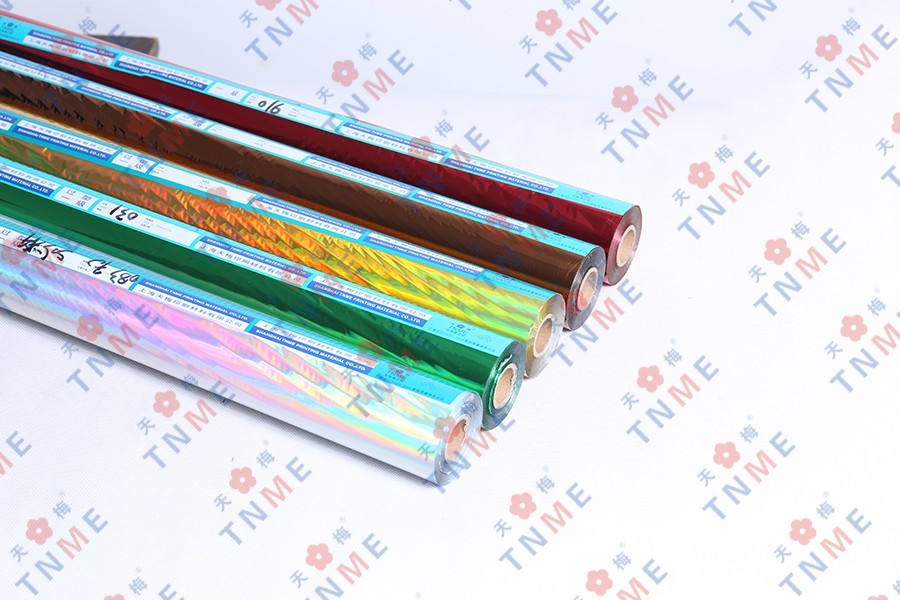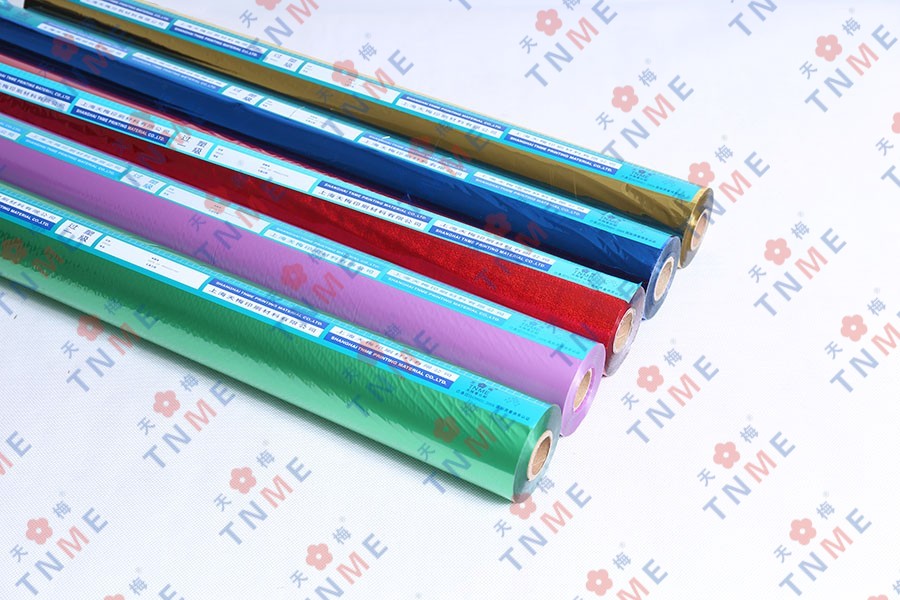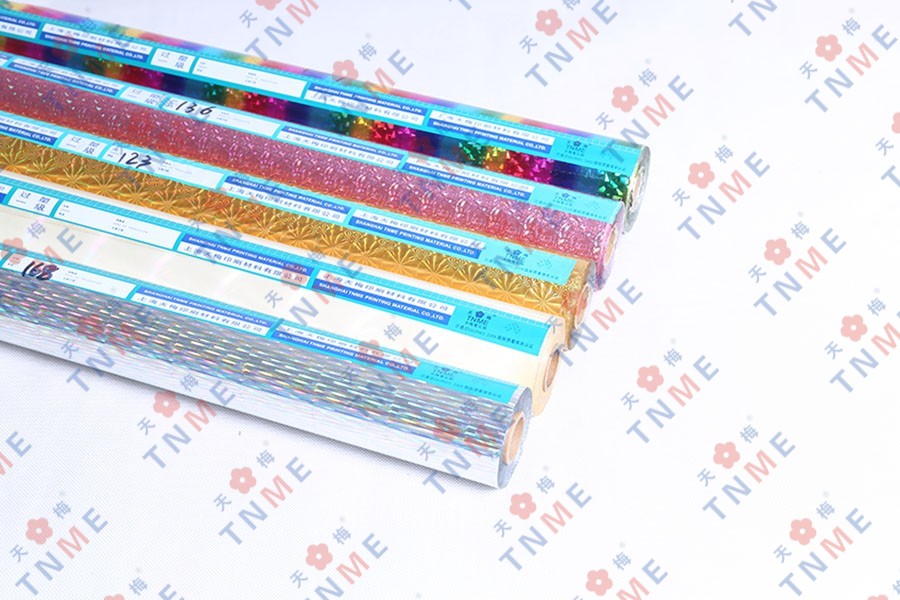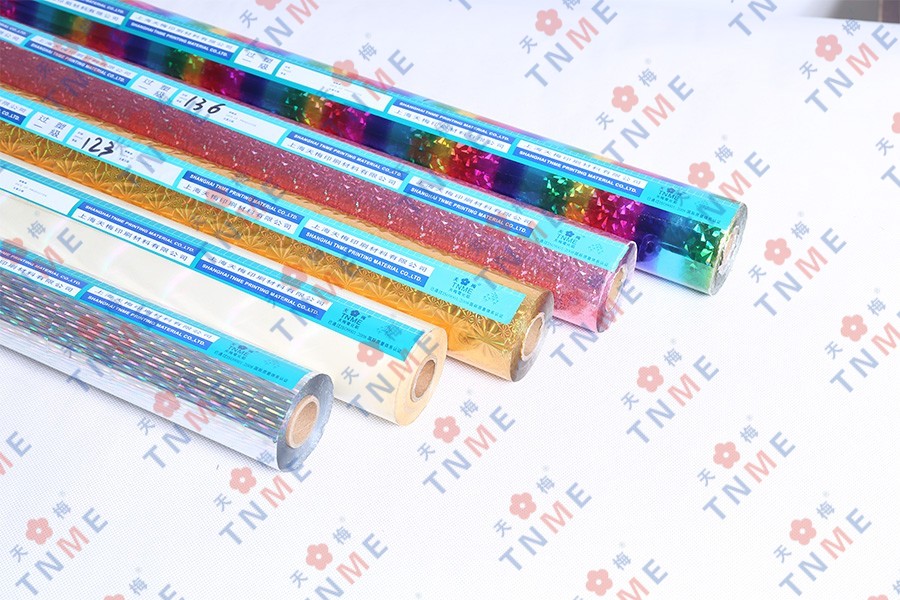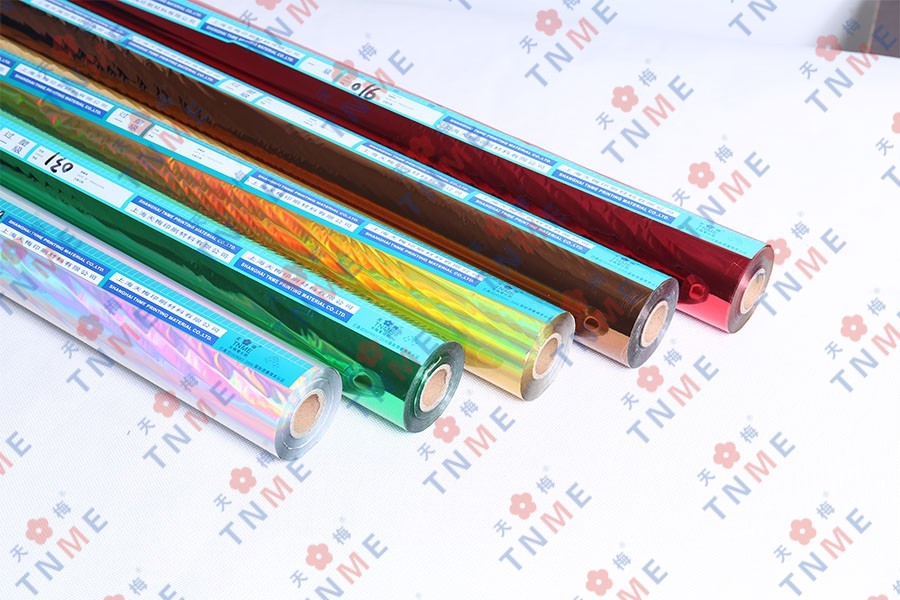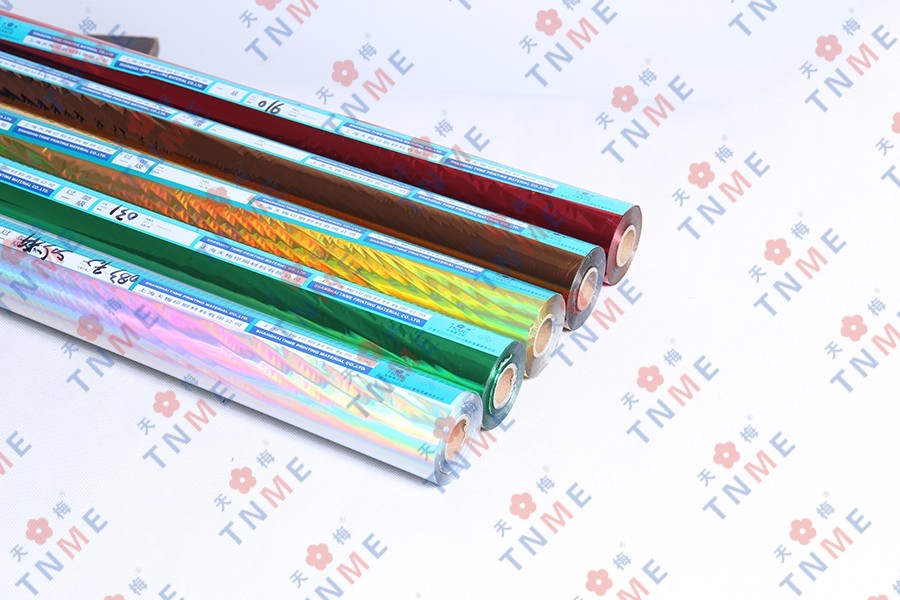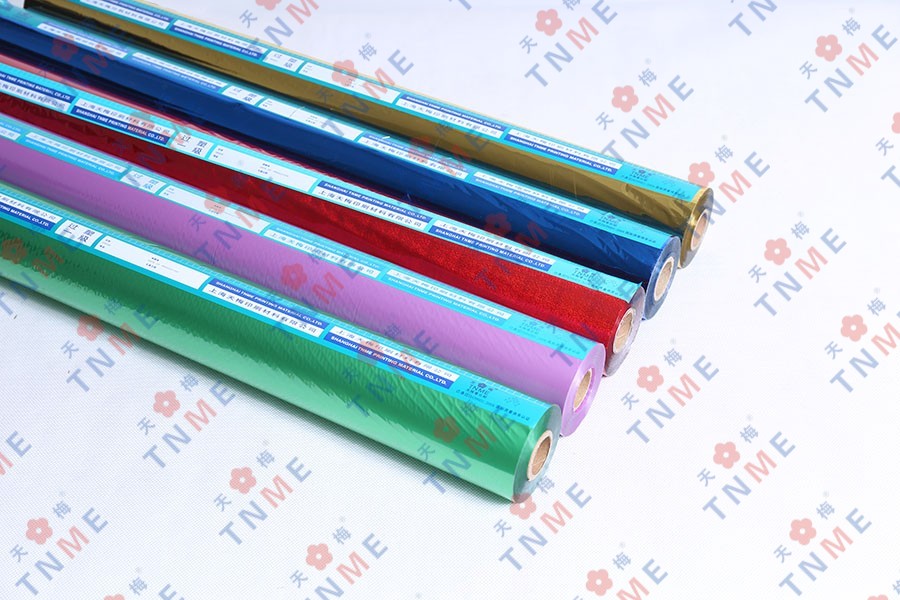How durable is pigment foil on various surfaces?
Pigment foil is widely used in industries such as packaging, printing, and decorative applications due to its ability to provide vibrant colors and metallic finishes. One of the key considerations when selecting pigment foil is its durability, as it must withstand different environmental and mechanical stresses depending on the surface it is applied to.
Understanding pigment foil and its composition
Pigment foil consists of a carrier film, a release layer, a decorative pigment layer, and an adhesive layer. The adhesive is crucial in determining how well the foil bonds to a substrate, while the protective top coat influences resistance to wear and external factors. The type of surface, application method, and post-processing treatments all play a role in the foil’s long-term performance.
Durability on paper and cardboard surfaces
Paper and cardboard are among the most common substrates for pigment foil, particularly in packaging and premium print products. When applied correctly, pigment foil adheres well to these surfaces, offering good scratch resistance under normal handling conditions. However, durability can vary depending on the paper’s texture and coating. Smooth, coated papers generally provide better adhesion and abrasion resistance compared to uncoated or rough-textured stocks. Folding and creasing can cause micro-cracks in the foil layer, so post-application treatments like varnishing may enhance longevity.
Performance on plastic substrates
Plastics present a different set of challenges for pigment foil adhesion due to their non-porous nature and varying surface energies. Pretreatment methods such as corona or flame treatment are often necessary to improve bonding. Once properly applied, pigment foil on plastic can exhibit excellent resistance to abrasion and moderate chemical exposure, making it suitable for cosmetic packaging, electronic casings, and automotive trims. However, flexibility is a concern—excessive bending or stretching may cause delamination.
Metal and glass applications
Metal and glass surfaces are less common but still viable for pigment foil applications, particularly in decorative and industrial uses. On metals, the foil must withstand potential exposure to moisture and temperature fluctuations. Electrostatic or heat-activated application methods are typically employed to ensure strong adhesion. On glass, pigment foil is often used for decorative purposes, but its durability depends heavily on environmental factors such as UV exposure and cleaning methods. While it can resist light abrasion, frequent contact with cleaning agents may degrade the foil over time.
Environmental and mechanical stress factors
The durability of pigment foil is influenced by several external factors, including:
| Factor | Impact on durability |
|---|---|
| UV exposure | Prolonged sunlight can cause fading or brittleness. |
| Humidity | Moisture may weaken adhesion, especially on porous surfaces. |
| Abrasion | Frequent rubbing can wear down the foil layer. |
| Temperature extremes | Thermal expansion/contraction may lead to cracking. |
Proper storage and handling before and after application can mitigate some of these risks. For instance, laminating or over-coating the foil can provide additional protection against wear and environmental damage.
Comparative durability across surfaces
A general comparison of pigment foil durability on different surfaces can be summarized as follows:
- High durability: Smooth plastics (with pretreatment), coated papers
- Moderate durability: Uncoated papers, treated metals
- Lower durability: Textured surfaces, untreated plastics, glass (under frequent contact)
Enhancing durability through post-processing
To extend the lifespan of pigment foil, several post-application techniques can be employed. Varnishing or laminating the foil can protect it from scratches and UV degradation. Additionally, using compatible adhesives tailored to the substrate ensures better long-term adhesion. For high-wear applications, selecting a foil with a thicker protective top coat may also improve performance.
The durability of pigment foil varies significantly depending on the substrate and environmental conditions. While it performs exceptionally well on smooth, coated materials, rougher or non-porous surfaces may require additional treatments to ensure longevity. Proper application techniques and protective measures are critical in maximizing the foil’s lifespan across different uses. By understanding these factors, manufacturers and designers can make informed decisions when incorporating pigment foil into their products.




 English
English 中文简体
中文简体
